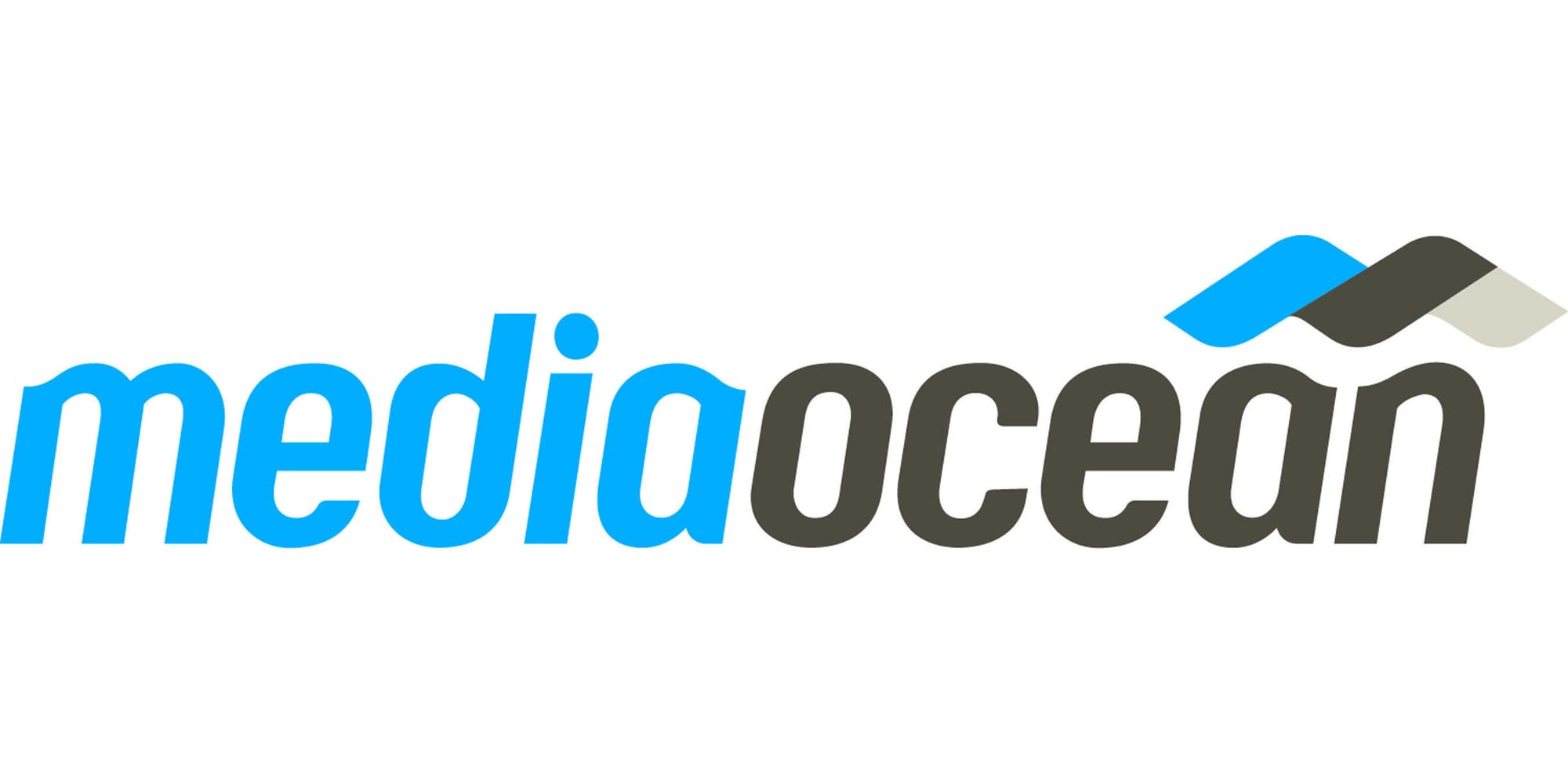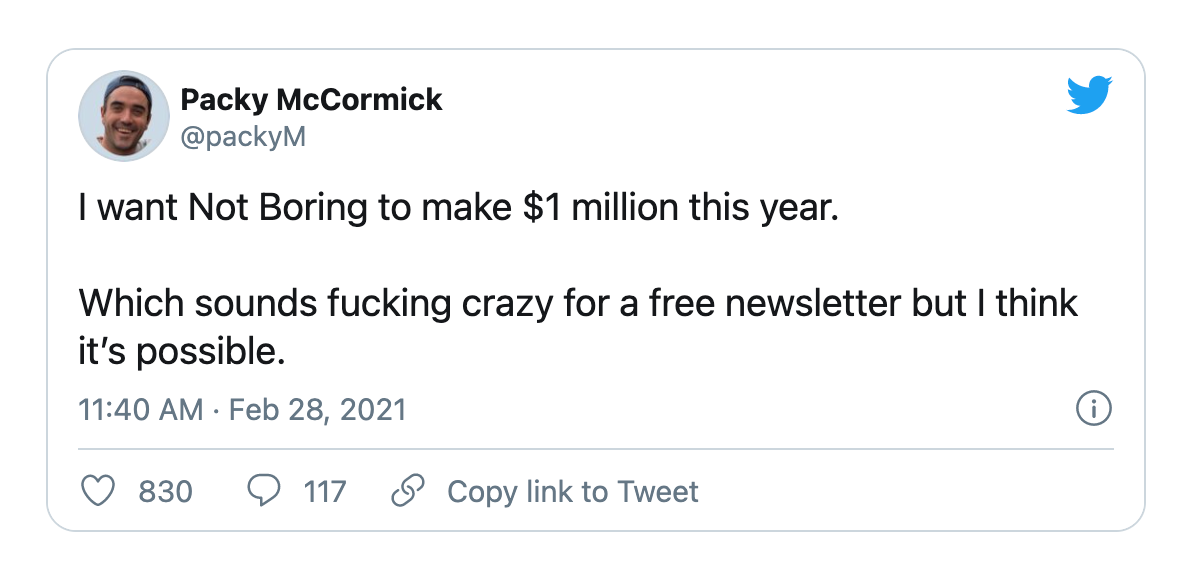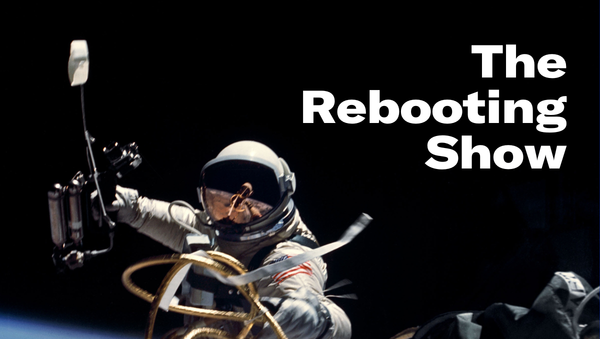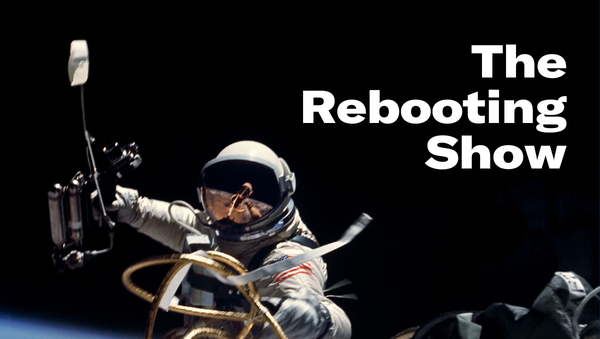Ads are still a great business model
Not Boring is a one-person media brand on track to be a $1 million revenue business in just 2.5 years.

Presenting sponsor

Welcome to this week’s issue of The Rebooting. This week, I’m starting something new by highlighting an emerging media brand I admire from afar: Not Boring. Also, some more thoughts on how industry events will change after the pandemic recedes as well as why performance pay for journalists is better in theory than reality. Let me know what you think. Reminder: Sign up for Mediaocean’s The Omnichannel Imperative virtual event, held on Wednesday, March 23, from 11:30am-1:30pmET. A new addition to the program: I’ll interview Melissa Grady, CMO of Cadillac.
Why ads are a bigger opportunity for newsletters

This is very doable. Ben Thompson is held out as the “OG” of the newsletter game -- and he is the one most often copied -- but I think Not Boring is a Stratechery 2.0 by taking a different path.
Not Boring publishes twice-a-week business strategy analysis on topics like this week’s case for Spotify buying Epidemic Sound. This is a newsletter in the essay format, and it isn’t brief: They typically run thousands of words. The content is eclectic, not boring as promised and, crucially, not a regurgitation of the latest Twitter drama. This isn’t a series of tweet embeds strung together with hot takes.
Not Boring is breaking with the preferred Substack default to flip to a paid model by instead running well done, in-depth ads on a well done, in-depth newsletter. Crazy. Not Boring’s growth exploded during the pandemic, hitting 40,000 subscribers — in under two years. In keeping with the building-in-public ethos, Not Boring updates each issue the number of new subscribers. This week, it added 2,104.
What Not Boring has gotten right is to recognize that subscriptions are a tradeoff, as McCormick recently detailed in a conversation with Convertkit’s Nathan Barry. You will sacrifice audience growth by introducing friction, and requiring people to pay you $100-200 a year is a lot of friction. There are many upsides to having recurring revenue as the base of a media business. Still, sponsorship makes sense for Not Boring for several reasons:
- At Not Boring’s rate of growth, it should top 100,000 subscribers this year. That is a sizable and engaged audience. This recent post about Excel topped 134,000 views within a few days.
- Not Boring has two ad products that can scale: 1. Headline sponsorship, with treatment right at the top and a succinct blurb on the company and product in the Not Boring voice, priced $3,000-5000 based on the day. 2. A sponsored deep dive in which McCormick does the same kind of in-depth analysis of a launch or new company. These cost $20,000, which is a steal for these companies. Check out this sponsored deep dive on research tool User Leap — this is a unique product in the market.
- Assuming these rates stay the same -- and they’ll go up as Not Boring only started selling sponsorships six months ago -- the available annual inventory, with one sponsored deep dive a month, is $716,000. (McCormick estimates Not Boring sponsorships alone bring in $30,000-40,000 a month.) If Not Boring converted 8% of its 30,000 subscribers for $200 subs, that would be $480,000, less $50,000-plus in fees to Substack and Stripe.
- The sponsor model also feeds a Not Boring syndicate McCormick runs, providing an alternative form of compensation that benefits from an open model.
I expect a brand like Not Boring to adopt a hybrid model to have the best of both worlds, as Financial Times CEO John Ridding urges. Nothing beats recurring revenue. And the market for newsletters right now is frothy, particularly newsletters attached to a frothy market. Both will return to earth. That said, we’ll see more newsletter and micro-brands going the hybrid route.
Revisiting events
A couple weeks ago I wrote about the unbundling of events. Since then, I’ve given it some more thought and wanted to add to the changes I expect events organizers and publishers will need to adapt as the economy reopens broadly. (Here in Miami, we’re in the throes Spring Break so it’s hard to tell there’s still a pandemic. The frenetic economic activity tells me that a boom is coming as we all reemerge into the world.)
- Company events will thrive. Larger tech companies -- and many are large these days -- will devote more of their events budget to their own events for existing and prospective customers. You’ll see more publishers partnering to create these events for a single sponsor, like Vogue Business is doing with TikTok.
- New pricing will emerge. The shift to virtual events while not quite the Napster moment of the events industry set in motion a price correction. Industry events are very expensive -- $3,000 tickets are common -- and shifting to free or nearly free will have knock-on pricing impact. The virtual component of events, considering what you get on Clubhouse and through the thousands of virtual events happening each week, will be very cheap, often under $100 (like Collision).
- Subscriptions will gain traction. Everything is going to subscription models. Cars will come with subscriptions for updating software and add-on services. Events are primed for this. I would see the same faces at many Digiday events, even if I couldn’t easily connect to names because I’m unfortunately terrible at that. Subscription models make particular sense for educational events products as the concept of an “event” blurs into online learning.
- Events will be used as retention tools. 2021 is the Year of Churn. The big gains in subscriptions over the past year -- Piano tracked a median increase in subscribers of 58% -- will now meet the reality of churn. Publications like The Economist are turning cheap virtual events into ways to build subscriber engagement and fight churn.
- The market will shake out. Everyone agrees there are too many events. The ease of setting up a Clubhouse exacerbates the issue. The big wild card is how quickly and to what level business travel will bounce back. Much of it is hard to defend. Industry trade groups don’t expect business travel to return to pre-pandemic levels until 2024 or even later.
Sponsor message
The future of omnichannel advertising
Sure, you’ve heard “omnichannel” bandied about quite a bit, but the simple truth is getting messages in front of people nowadays is harder than ever, requiring a strategy for stitching together coherent advertising plans across many channels. At next week’s Mediaocean virtual event -- sign up here -- The Omnichannel Imperative, guest speaker and Forrester Research principal analyst Joanna O’Connell will present research into the future of omnichannel advertising. Key topics Joanna will address:
- The evidence showing an omnichannel approach is better
- The tectonic shifts in the collection and use of consumer data
- Why the name of the game is now relationship building vs 1:1 messaging
- Practical tips for implementing a truly omnichannel strategy
Register now (it’s free) to join us on March 23 from 11:30am-1:30pmET.
Journalist star systems
The newfound vogue for the “creator economy” means changing economics for all manner of content businesses. That’s because the power of distribution and monetization breaks down in a world where there are plenty of platforms and tools available for talented people to strike out on their own, or in small groups, and keep far more of the upside.
This will leave legacy players in a bind. Like all companies, publishers have a mishmash of talent, ranging from stars to rookies to lots of what Bill Parcells called “JAGs” -- Just a Guy. in order to compete, we’ll see publishers look to reward the stars more, setting up many fraught issues around setting up perverse incentives and hurting the product. Newsrooms are funny places. For many from the “business side,” the idea that people’s pay isn’t directly tied to performance is nuts. After all, we have all kinds of data now, what people click, how long they read it, conversions and lifetime value. It would make sense to use that information and tie it to remuneration, even if it’s abstracted in the vague language of “goals” (not quotas) and bonuses (not salary). “It seems only right that those who attract and retain the most subscribers should be the most handsomely paid,” said Chris Evans, the editor of The Daily Telegraph, which is ham-handedly “socializing” the concept to a “mutinous” newsroom. (Fortune is engaged in a similar effort with its traffic “goals” for reporters.)
I have sympathy for wanting hard measurements for what’s always seemed squishy, but I understand the downsides as well. Setting hard subscription targets is one that sounds better in theory than reality. The upsides: This is clean and should, in theory, lead to a thumbs up/thumbs down on whether a piece of content was worth the effort. Who could possibly be against performance dictating pay, either in the form of bonuses or salary. After all, Gawker was doing a form of this during the mid-2000s blogging boom. The clear downside, as Scroll’s Tony Haile apty put it, is dumbing down what goes into success in editorial.
This plan is wrongheaded. Metrics can be a valuable component of a holistic view of performance where a manager can weigh them against a variety of different factors. This kind of direct approach abrogates good management and creates dysfunction.
Here are the specific risks:
Performance schemes often tend to rely on unit economics in which each piece of content is treated individually. The disconnect: People are subscribing to a bundle of content, not a single piece. (At least you want people to want the bundle.) In a bundle, value is created across the set, not just by individual inputs.) You’ll end up overweighting the last click that got someone across the line when it was really a matter of hitting a paywall for the fifth time that month vs the particular piece of content the gate was in front of. (Pageviews are even worse since big pageview numbers rarely correlate with the amount of value created.)
You set up weird incentives. Just as pay-for-traffic programs begot lots of clickbait, you’ll end up getting lots of subscriptions-bait, like 34 up-and-coming marketers to know. Not all subscriptions are equal, and I would be shocked if the people who subscribe because they’re on a list don’t churn at a far higher rate. Your data will also get screwed up and lead to making wrong decisions that overweight the short term at the expense of the sustainable long term.
You could fracture the newsroom. This is the trickiest issue. People make different salaries in newsrooms. We would pay more to people based on their experience, ability to reliably execute at a high level and the intricacy of the topic. For instance, being a reporter with deep expertise in programmatic advertising is more valuable than a new reporter covering beauty. There are simply far too few people who can do the former and many who can do the latter. We have seen how combustible newsrooms can be, and setting up star systems will exacerbate these tensions.
Addition through subtraction
“I design through subtraction. I take away to leave the essential. This goes right back to advice my mother gave me: if you wish to create beauty, only do what is necessary, and no more” -- Giorgio Armani in the Financial Times
Other things to check out
As part of the Piano Academy, I interviewed CNBC executive editor for digital Jay Yarrow. We spoke about managing a newsroom through a very odd and challenging year, and Jay disagrees with me a lot about everything from day trading to Robinhood being closer to gambling than investing and other topics. He’s the finance expert.
On Thursday at 4pmET, I’m co-hosting the “Audience Builders” room on Clubhouse with Bleacher Report co-founder Dave Nemetz, who writes a very good media business newsletter. We will talk about the basics of building and maintaining a loyal audience with Complex CEO Rich Antoniello and The Profile’s Polina Marinova Pompliano.
Now Facebook wants in on the newsletter boom. Each platform has its upsides and downsides, depending on the platform. It certainly didn’t escape Facebook’s attention that breakout Substack stars like history professor Heather Cox Richardson started their newsletters off of Facebook.




